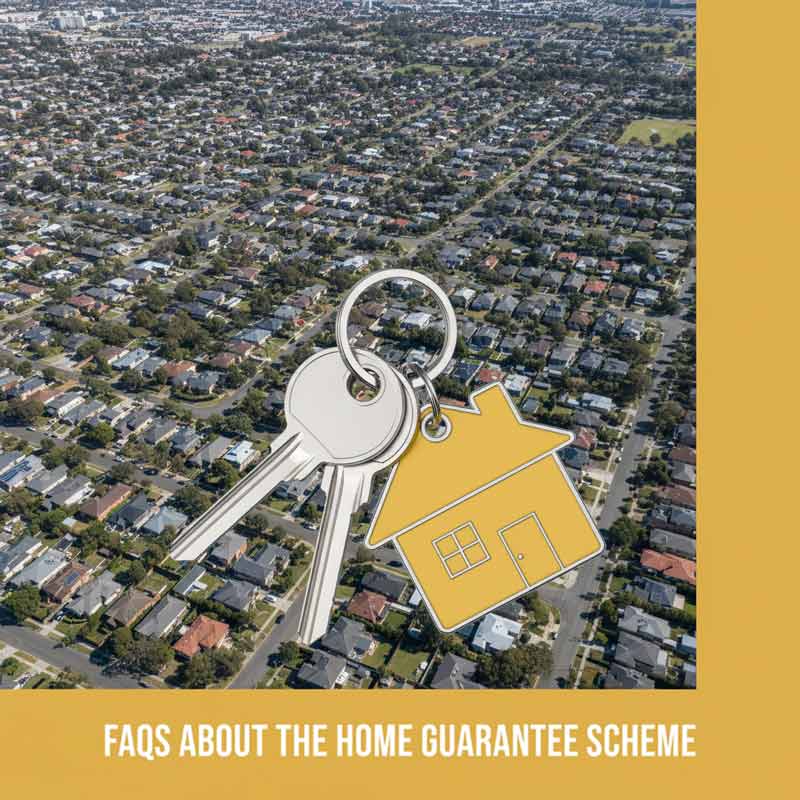The Albanese Government’s expanded Home Guarantee Scheme (HGS) is being celebrated as a pathway to homeownership. By allowing buyers to enter the market with a 5% deposit and no Lenders Mortgage Insurance (LMI), it’s framed as the solution to Australia’s housing crisis.
But a growing number of industry experts and economists are sounding the alarm. They warn that far from making homes more affordable, the new scheme will supercharge property price inflation, ultimately making the long-term debt burden for first home buyers even heavier.
Here’s why this demand-side policy is set to drive up prices.
The Fundamental Flaw: A Supply Crisis with a Demand-Side Solution
Australia’s housing crisis isn’t a lack of buyers; it’s a lack of homes. The core issue is a profound and ongoing imbalance between supply and demand. According to the Institute of Public Affairs (IPA), for the financial year ending in June 2025, the number of new homes added to the housing stock (173,800) was dramatically outpaced by population growth (436,300). This created a shortfall of 262,500 homes in a single year.
RELATED CONTENT: CHEAPEST COASTAL TOWN TO LIVE IN AUSTRALIA
Looking back, the trend is even more stark: since the year 2000, Australia’s migrant population has more than doubled, increasing by 103%, while the number of homes has only grown by 54%.
The expanded HGS injects thousands of new, government-guaranteed buyers into this already competitive market. Doing this without a parallel increase of home builders creates a classic case of demand-side stimulus in a supply-driven crisis, which will inevitably lead to higher prices.
Transform Your Vision into Reality with Dhursan Construction
LMI Savings Will Be Swallowed by Price Rises
The key selling point of the new scheme is the saving on LMI, which can be tens of thousands of dollars. For a home valued at $700,000, this saving could be up to $28,000. However, analysts predict that this upfront saving will be completely negated by the resulting price inflation.
One expert argues that while a buyer might save $28,000 on LMI, their chosen property could increase in value by as much as $69,300 in the same timeframe due to heightened demand. The policy, therefore, becomes a mechanism to take on a larger loan for a more expensive asset, leaving the buyer with a higher level of debt.
YOU MIGHT ALSO LIKE: BEST AND WORST TIME TO SELL A HOUSE
Don't Settle for Less—Build Excellence with Dhursan
More Buyers, Bigger Bids, and Higher Debts
The removal of income caps means the scheme is no longer just for low and middle-income earners; it’s now open to higher-earning first home buyers. This cohort, who may have been saving for a larger deposit, can now use the scheme to enter the market sooner and, in many cases, buy a more expensive property.
This influx of new buyers will intensify competition, leading to a “fear of missing out” (FOMO) environment where bidding wars and quick offers become the norm. The consequences for first home buyers are clear: they will be taking on high levels of debt with a minimal 5% equity stake. As one expert warned, this is like “swimming with only your nose above the water”. A small price correction or interest rate change could quickly push the buyer into a position of negative equity, leaving them in a financially precarious situation.
FOR THOSE LOOKING TO BUILD: HOW MUCH DOES IT COST TO BUILD A HOUSE IN AUSTRALIA?
Price Caps Will Redefine, Not Fix, Affordability
The new, higher price caps are intended to make more homes accessible. But by aligning with or even sitting below current median prices in major markets like Sydney ($1.5 million cap vs. $1.52 million median house price) and Brisbane ($1.0 million cap vs. $1.04 million median house price), the caps are likely to create a new market ceiling.
Rather than making homes more affordable, the new caps will simply define the upper limit of government-guaranteed lending, pushing up the price of properties in the lower-end segments of the market. This reinforces a two-tiered market where detached houses become even more unaffordable, and first home buyers are increasingly channelled into units and apartments.
Ultimately, the expanded Home Guarantee Scheme is a politically expedient intervention. It gives the appearance of solving a crisis by lowering the entry barrier for individual buyers, but it fails to address the underlying structural issue of supply. It is a win for existing homeowners, who will see their equity rise, but for first home buyers, it risks turning a long-term aspiration into an even bigger long-term debt.




